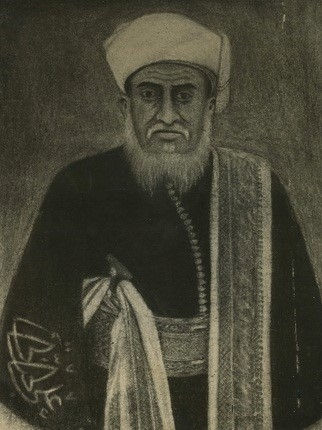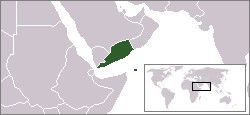Imam Yahya Muhammad Hamid ed-Din (Yemen)
- Jonathan Harkey
- Feb 21, 2016
- 3 min read
It is impossible to talk about the pre-to-post colonization of Yemen without going into detail about the great Imam Yahya Muhammad Hamid ed-Din. Imam Yahya led that Zaydis in Yemen like is father and grandfather before him; but perhaps due to the combination of the political landscape during Yahya’s life and his innate leadership abilities, he became the most notable Imam of the three. When his father died in 1904, Yahya became the official Imam of the Zaydis in Ottomon controlled North Yemen. When the Imam died in 1948, the city of his birth, Sana’a, would no longer belong to the Ottoman Empire, but would belong to the Zaydis and Yemen.

Colonization was unique in Yemen and taking an in-depth look at it’s history helps us understand the landscape today. When Imam Yahya came into power, he immediately led revolts against the Turks in Northern Yemen. Over the seven years, from 1904 to 1911 Imam Yahya led a rebellion that took a huge toll on the Ottoman Empire’s ability to control the nation of Yemen. Finally, the Yemen Highlands were signed over to the Zaydis (with Imam Yahya as the sovereign leader) through the Treat of Daan. The Ottoman Empire officially left Yemen territory 7 years later in 1918 allowing the Imam to think about greater matters- the rest of Yemen.
The main reason for Turkish involvement in Yemen territory was ultimately a result of Britain’s prior involvement. As the British Empire was growing and colonizing, it utilized Aden, a major city in South Yemen, as a trade center and coal station. Britain’s involvement in the Arabian Peninsula worried the Turks, thus leading them to occupy the highlands. Once Imam Yahya had controlled North Yemen, he turned his sights and followers towards the south. In 1919, the Imam led troops south to free the British occupied tribes from British control.

Due to a swift response from the massive British super-power, this attack didn’t work and neither did the Imam’s 1922 attack. However, the great leader didn’t give up despite the British’s utilization of/agreement with the Idrisid state in Yemen to fight the Zaydis. After almost reaching Aden, the Italian Empire recognized Imam Yahya as the King of Yemen- this ultimately scared the Queen Elizabeth II and the British. As the Yahya advanced, the Idrisid looked to others for help including Ibn Saud who was the King of Saudi Arabia. Years passed and strife continued, but eventually a ceasefire was in order. Another agreement was made between the British and the Imam, allowing three tribes to secede while the other 6 remained part of the British Protectorate. Yahya’s main fear was the potential loss of cities such as Hudaydah and so his dream for the independence of the entirety of Yemen came to a halt. It is undeniable though that Imam Yahya laid the groundwork for Yemen to one day become a unified and liberated nation.
During Imam Yahya’s tight rule a plethora of advancement happened, however most of it had to go directly through the Imam himself. The way the leadership was set up, almost every governing decision, small or large, had to go through Yahya. Despite such a tight grasp on the nation, during his reign Yemen saw its first abroad students, the Yemen Trading Company, and many other political successes. After a lifetime of leading revolutions, commanding armies, and attempting his goal of unifying and liberating Yemen, Iman Yahya Muhammad Hamid ed-Din was assassinated by Al-Qardaei, a member of the Bani Murad tribe. His son, Ahmad bin Yahya, was immediately selected as the successor.

The split colonization of Yemen ultimately led to split nations, North and South Yemen. These two separate ‘colonies’ experienced independence at different times and via different terms, and because of it issues linger still today. These two countries eventually merged in 1990, but this has since only showed us what the deep effect of colonization was. The land where modern day Yemen sits has experienced major changes throughout history, and that brings us clearly to its unstable state today.
Written By: Jonathan Harkey
References
Bernard Reich (1990). Political Leaders of the Contemporary Middle East and North Africa: A Biographical Dictionary. Greenwood Publishing Group. p. 509.
Macro, Eric. Yemen and the Western World: Since 1571. New York: F.A. Praeger, 1968. Print.
Douglas, John Leigh Harvey. The Free Yemeni Movement 1935-1962. U of London, 1983. Print.
ความคิดเห็น